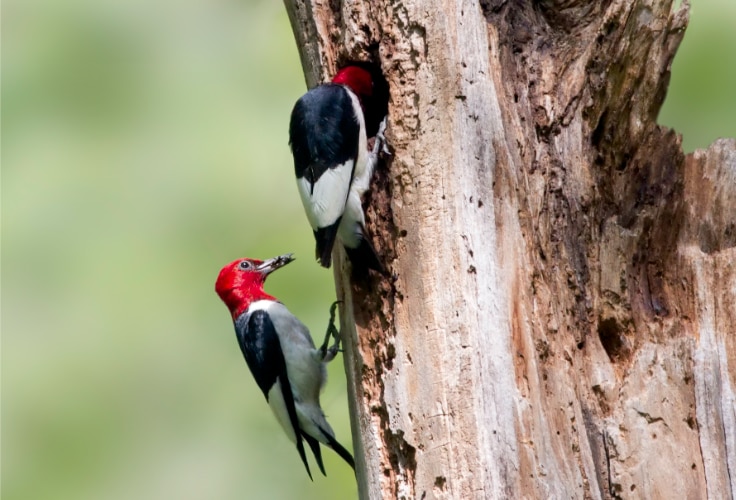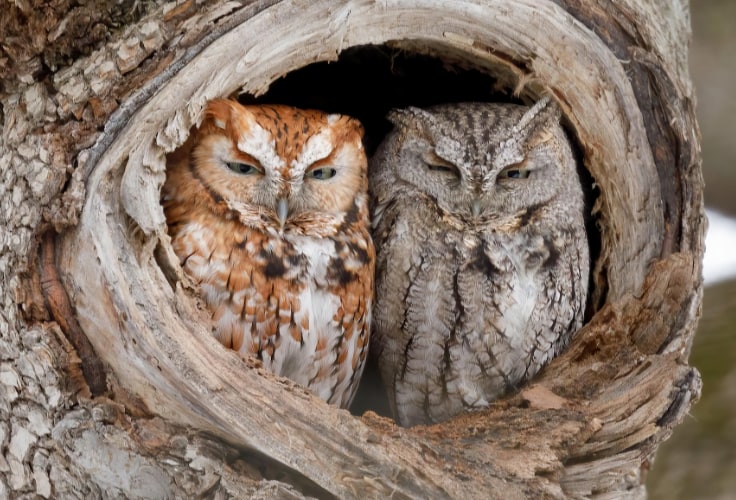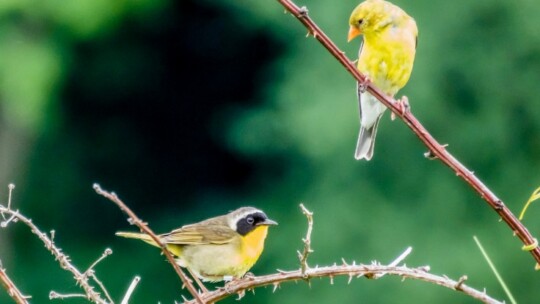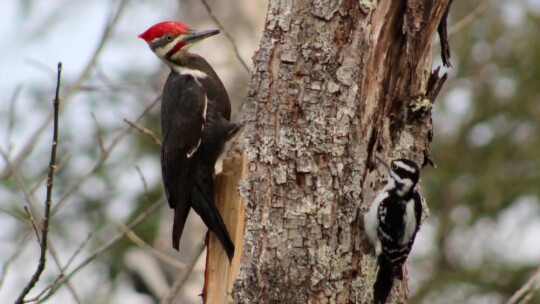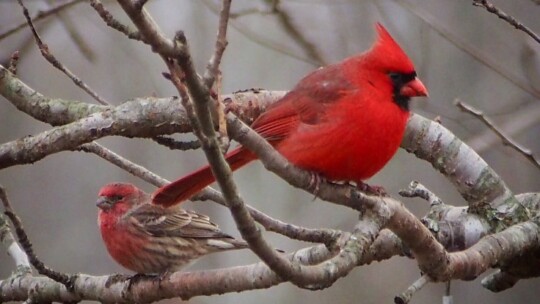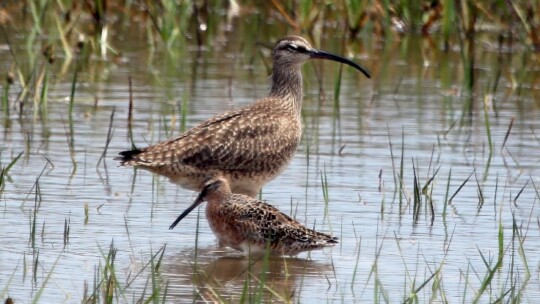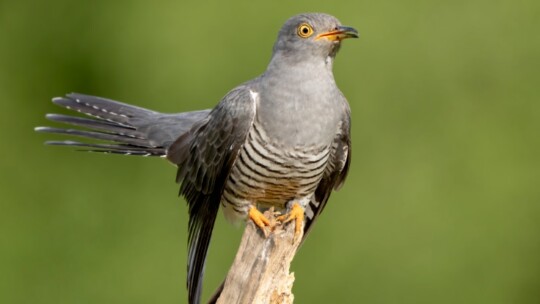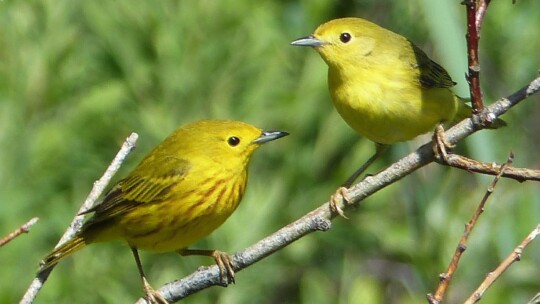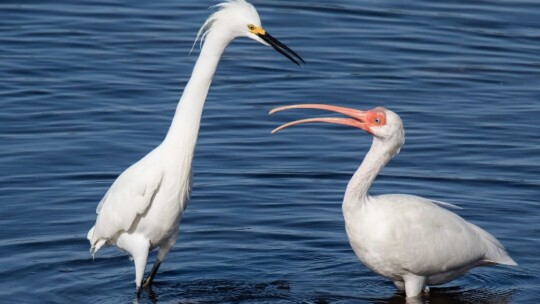Some of the most striking yellow birds you can see in Alabama are the American goldfinch, pine warbler, and eastern meadowlark, joined in spring and summer by vibrant species like the prothonotary warbler, yellow-breasted chat, and yellow-throated...
Latest articles
North America is home to 22 woodpecker species, found from the forests of Alaska and Canada to the deserts of the Southwest. All belong to the family Picidae – a remarkable group of climbing, drumming, and bark-probing birds, each with its own...
Each spring, as ice retreats from Maine’s lakes and ponds, the haunting calls of loons return to the still waters. Four of the world’s five loon species have been documented in Maine, ranging from the familiar common loon on inland lakes...
Loons, or divers, are large aquatic birds of the genus Gavia (family Gaviidae), renowned for their haunting calls, striking plumage, and mastery of underwater pursuit. All five of the world’s species occur in North America, from the widespread...
The Andean condor (Vultur gryphus) is one of the largest birds in the world and a defining symbol of South America’s Andean landscapes. A master of soaring flight, it glides effortlessly for hours above mountain ridges and coastal cliffs...
Ohio is home to an appealing mix of red and reddish-toned birds, from the vibrant Northern Cardinal in backyard feeders to tanagers lighting up summer woodlands and finches brightening parks and forest edges. Their warm hues stand out against the...
Across North America’s wetlands, coastlines, and open fields, many brown-plumaged birds share one defining feature – noticeably long bills suited to their feeding style. Among them are waders and marsh birds that probe soft mud and...
The common cuckoo (Cuculus canorus) is one of the most familiar yet mysterious birds of the Palearctic. Known for its unmistakable two-note call and remarkable brood parasitism, it has fascinated naturalists for centuries. From its wide-ranging...
Pennsylvania hosts a rich variety of yellow birds, from the familiar American goldfinch brightening meadows and gardens to secretive warblers calling from shaded forests. Their golden tones stand out across the state’s fields, wetlands, and...
Across North America’s wetlands, lakes, and coastal shallows, the most distinctive white birds with long necks and legs include the elegant herons, egrets, and cranes. A few other species, such as swans, share a similar long-necked silhouette...

